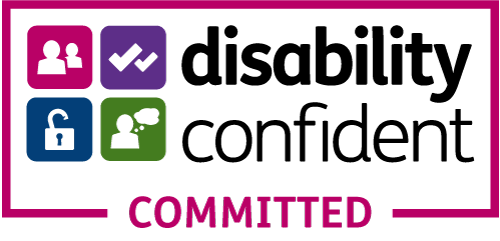5 WAYS TECH HAS CHANGED RECRUITMENT
March 24, 2023
Technology has changed every aspect of modern society - and recruitment is no different! Tech has had a major impact on the recruitment process and revolutionised how companies attract and hire staff. Innovative software has also made the application process more convenient and opened up new career opportunities for job seekers. Below, we’re going to look at five key ways that tech has changed recruitment:
Addition Solutions have supported many government departments with non-clinical permanent recruitment over the years, with our specialisms including Digital & Technology (DDaT), Analysis, Commercial & Procurement, Finance, HR, Operational Delivery, Project Management and Security. Our expertise in such areas will help Public Sector bodies find the talent they need to succeed!
Find us on the CCS approved supplier list here or download our RM6229 Prospectus linked below for further information on how the team at Addition Solutions can support you!
1. Social media recruitment is on the rise
We’ve all heard of someone who was headhunted on Linkedin or landed their dream role through a Facebook connection. Social media has had a huge impact on how modern companies acquire talent. It has also changed how job seekers search and apply for roles.
There are some mind-blowing statistics on social media recruitment. According to sociallyrecruited.com: “70% of hiring managers have successfully hired through social media and 79% of candidates use social media in their job search.” Hiring managers are becoming more aware of the power of social media and using these platforms to find and attract top talent. Applicants are also using social media to their advantage when searching for new job opportunities.
2. Video interviews are gaining popularity
Video interviews have become the norm during lockdown, although they were still gaining popularity before the pandemic. Advancements in video tech mean that hiring managers can conduct interviews remotely using platforms like Zoom, Skype, and MS Teams. A video interview allows hiring managers to vet potential employees and see if they are suitable for a specific role. Video interviews are more convenient, cost-effective, and eco-friendly - making them popular with both employers and job seekers. If you have a remote interview coming up, then check out our recent blog on how to prepare for a video interview and impress recruiters online. Blog 3
3. Candidates can vet companies online
New tools like Glassdoor have given candidates more control and demanded more transparency from employers and recruiters. Job seekers can find a company on Glassdoor and check things like how much they pay, how happy their employees are, and so on. This benefits both employers and candidates as it allows job seekers to check whether they are the right fit for the company before applying. We recommend you check out this useful article on why and how you should be using Glassdoor.
4. Mobile recruitment is a must
Mobile plays a huge role in modern recruitment. Let’s look at some key stats around the use of mobile in the hiring process:
- 90% of candidates use their mobiles to search for jobs online.
- 45% of job seekers use their mobiles to look for jobs daily.
- 89% of job seekers say that mobiles are crucial in their job search.
This highlights the importance of mobile in modern recruitment. Candidates are using mobile devices to improve the job-hunting experience and make applications faster and more convenient. Recruiters should take advantage of this trend by ensuring that their job ads are responsive and mobile-friendly.
5. Automated hiring process
Gone are the days when hiring managers would have to spend hours sifting through hundreds of printed CV’s. Nowadays, companies can utilise automation software to streamline and enhance the recruitment process. Tools can be used to screen applications and then forward hiring managers a selection of suitable candidates. This saves hiring managers valuable time and resources and speeds up the recruitment process.
Final thoughts
Recruitment has evolved massively over the years, thanks to technological advancements. Employers now have access to a wider pool of talent and can streamline the hiring process with the help of automation and video technology. Whereas, job seekers have greater transparency and can apply for roles more conveniently using mobile devices. Companies and job seekers should remain up to date with the latest recruitment technology and use it to their advantage when hiring or seeking job opportunities.
Share Here























